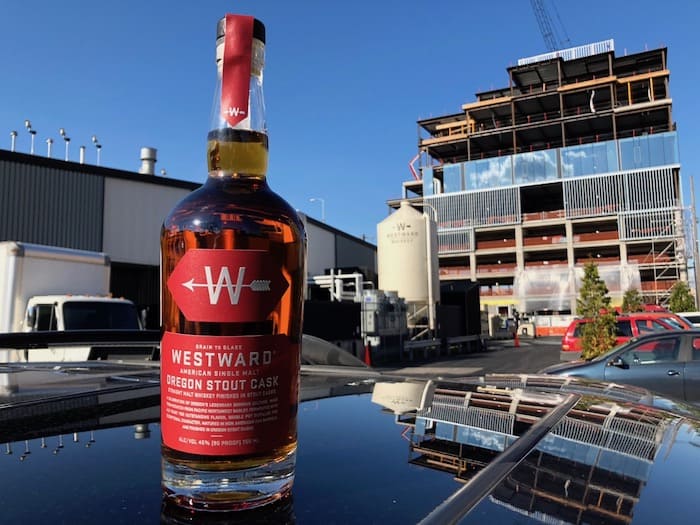We’ve all been there whilst attending a single malt whisky tasting; bright eyes and bushy tails, waiting to soak up the knowledge. Your host starts talking you through the process of making whisky: discussing how to grow barley; delving into scientific terms about turning starches into sugar; having yeast eat the sugar to create alcohol. Right, you’re thinking – my GCSE science classes have finally proven useful – it’s pretty straight forward science! Next, they start talking about putting their ‘beer’ into two stills to bump it up to a juicy 60-70% ABV spirit before being put into a cask – hang on a minute – I thought we were talking about single malt whisky, you may ask? Where did all of this talk about ‘beer’ come from?
Well, you’re not wrong in being a little confused. Whilst the product that sits in a mash-tun is technically a beer-like substance – often sitting around 6-8% ABV – if you were to drink it, it wouldn’t be like having a pint of something craft at your local pub. Though, considering you use the same three ingredients – water, barley and yeast – they’re not actually too far away from each other. The main difference with beer is the addition of hops for flavor, but with single malt whisky the ‘beer’ that you find in the mash-tun is distilled into a boozier kind of beverage that still has a long way to go before being able to claim its title.

To say that whisky and beer have had a close-knit relationship among the years is quite true – this can be proven by the all too familiar headache we’ve all experienced the next morning after drinking. As a wise man once said: “whisky drinking is thirsty work.” When you’re drinking something at room temperature, an ice cold beer is a pretty good palate cleanser. Whilst there are many ideas of how the Boilermaker came about, it is believed to be invented as far back as the 1800s when blue collar workers who built steam locomotives would go to bars after finishing work – they enjoyed a shot of whisky with a beer on the side as means to wind down after a long day.
Instead of overwhelming yourself with the search of the perfect Boilermaker, the producers of each have saved your efforts by marrying the two together. There are numerous beers that have been aged in whisky barrels and since the last few years, some distilleries are finishing whisky in beer casks. The definitive part of deciding which kind of beer you’re making depends on the kind of yeast. Bottom fermenting yeast (yeast that sinks to the bottom) is generally used for lighter styles of beer such as lagers, pilsners and bocks, whereas Top fermenting yeasts are used to make ales, porters and stouts – these are the kind of beers that you will find being used in the whisky industry.
Most recently, as part of their Experimental Series, Glenfiddich collaborated with the Speyside Brewery by finishing a malt in IPA casks. In 2015 Irish whiskey producers Jameson launched their stout-finished Caskmates edition, whilst Wicklow’s Glendalough Distillery has opted for former Black Pitts Porter barrels. Glendalough has also borrowed techniques from brewers by using chocolate malt as well as regular malted barley, which adds a creamy, coffee, chocolate note. What could be better than a drink that doubles up as a snack!
Further afield is the Chichibu distillery in Japan, who has partnered with Shiga Kogen. Chichibu send casks to the brewery for ageing their 12% Imperial IPA. Once the brewery are finished, the casks go back to Chichibu, who re-use them for their whisky – the cycle can be endless. There also a range of American craft distilleries doing this, including Virginia Distilling Co., New Holland Spirits, Chattanooga Whiskey and House Spirits/Westward Whiskey, just to name a few.
Whether you like to drink your whisky on its own, or with an ice-cold brew beside it – try your hand at creating some Boilermakers when you’re next at a bar. After each sip there are subtle changes within the characteristics of your drink being brought out by its counterpart. If a bit of peated whisky does it for you; try a cherry saison, on the side. If rye is more your thing, you want a rich and chocolatey porter to compliment the spice. Experimenting is fun – but never forget that there’s nothing wrong with a classic Bulliet bourbon and a bottle of Lone Star!



